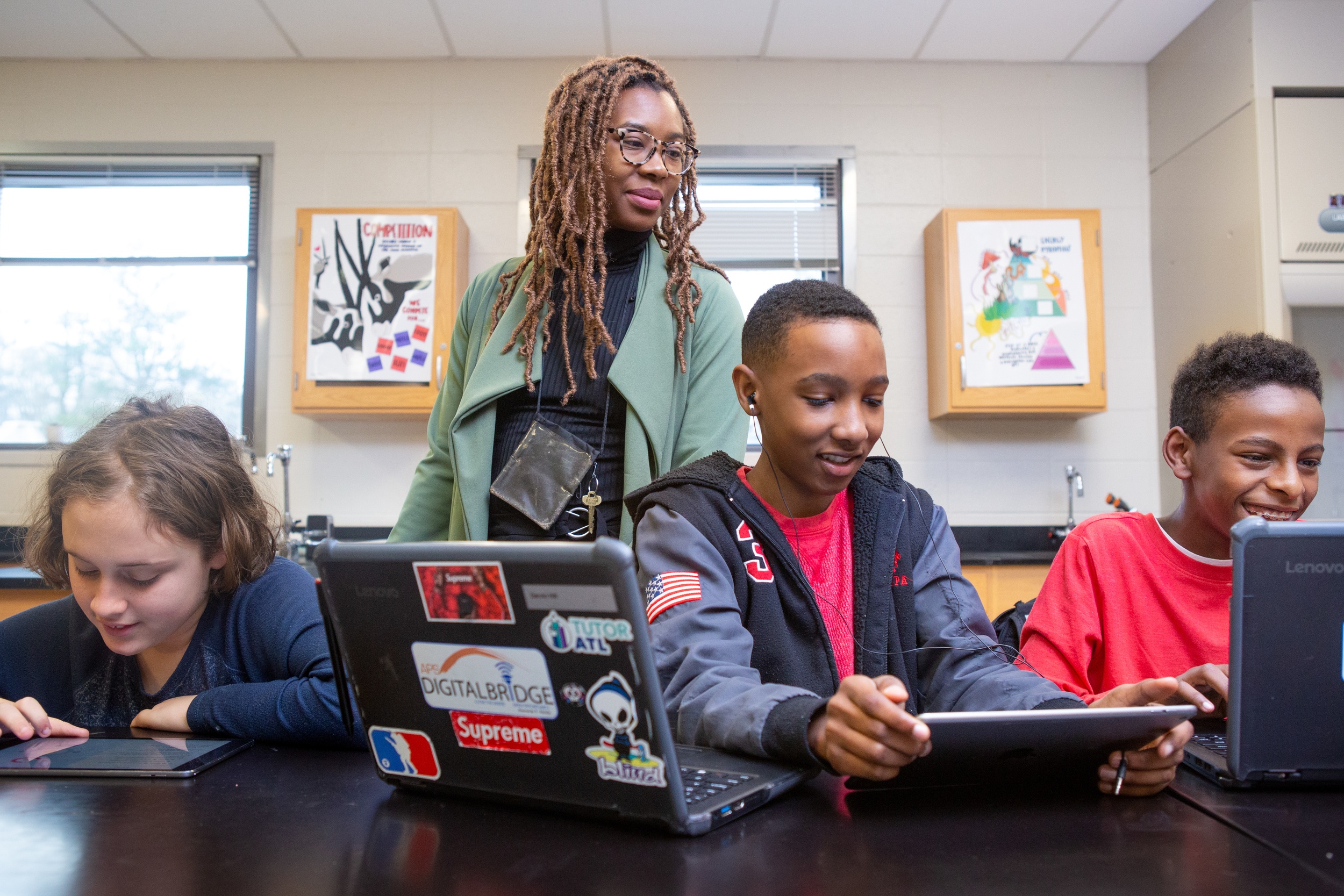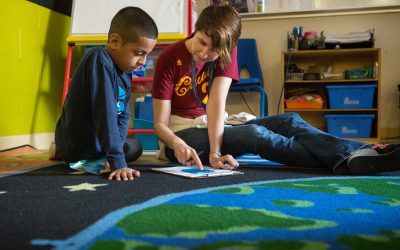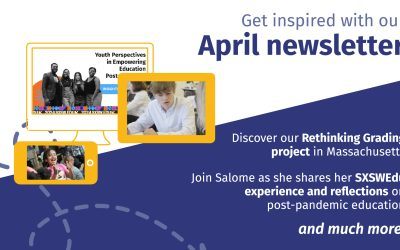-
What’s the difference between monitoring and guidance?
-
Why is it important to balance setting learners up for success with allowing them to grapple with problems and challenges?
-
How can well-crafted guidance text equip young people to drive their own learning forward?
During my first opportunity to teach a college course solo, one of the Deans wandered in to make sure that I was properly guiding this bright group of freshmen towards excellence. At the end, she pulled me aside. “What did you teach before this?”, she asked. “Um…well, mainly kindergarten”, I admitted – although it felt like leading classes of wriggly five-year-olds should have equipped me for nearly anything. “Ah – that explains it,” she replied, in a tone that indicated that she had pinpointed my core issue. “You’ve developed a fantastic set of collaborative activities, but now you need to sit back on the side for a bit and let them complete them.” We went on to talk about the delicate balance between effectively facilitating an activity and overly monitoring it.
When I lead any sort of learning session, sometimes I still can’t resist inserting myself in the middle of students’ conversations, whether they’re five-years-old or more like fifty-five. I like listening in on what they have to say (xxo, Gossip Girl), and like many educators, I have a natural inclination to want to support them. Who doesn’t want to help others feel successful? But, I’ve realized that being judicious and strategic about prompting students forward often gives them the breathing room they need to extend new ideas and develop their own capabilities. After all, if an educator is constantly ensuring that they’re on track with a set plan for exploration, how can they find space to work through their conceptions (and importantly, misconceptions), get excited about possible directions for inquiry, practice the skills needed to figure out next steps for themselves, or bring in different perspectives?

When the reDesign team creates student-facing curriculum and assessment resources, we aren’t always sure if the learner using them will be completing them independently or with the guidance of a facilitator. In fact, resources like our Explorations are designed for secondary students to be able to choose their own paths for online learning activities, driven by a compelling, relevant question within a content area. But regardless of the format, we want any guiding text that we provide to give the learner enough clarity and direction to 1) understand what skills and strategies they are progressively developing, 2) access content-specific language, 3) make connections to other experiences, ideas, or knowledge, and 4) have the opportunity for metacognitive reflection.
reDesign’s work in this area reminds me of a few common themes within research on how to create pedagogical structures that develop students’ mindset towards persisting and persevering with learning activities. First, there’s an emphasis on giving them opportunities to engage in “productive struggle”, with just enough structure and prompting to get them started, but not so much hand-holding that they aren’t able to try out multiple solutions, review and revise their work, or grapple with complex ideas. If we want to build mindset and self-efficacy, then crafting guidance text that facilitates skill development without being overly prescriptive helps create that sweet spot.
And speaking of complexity, it’s also crucial to give students tasks that they can sink their teeth into – that activate higher-order thinking, require some level of interaction with the instructional materials, introduce unfamiliar concepts, consider others’ perspectives, and stretch their current understanding. Otherwise, there’s not much for them to engage with or practice doing. Usually, this requires some degree of open-endedness, with multiple pathways and possibilities that provide chances to draw from a range of abilities. There’s chances to make choices and take risks as part of valuing the process of learning and discovery, instead of over-focusing on getting to a rigidly defined or obvious end result.
To that end, we’ve been calibrating ourselves around a set of design criteria for writing guidance text that is inclusive, student-friendly, and inviting while being clear about purpose. It shouldn’t be a mystery which skills and strategies they’re being asked to tap into as part of their competency development within a content area. Educators who use our resources will notice guiding text pointing towards compelling questions, opportunities to make connections to cross-disciplinary, life-long skills and language that centers learners while challenging them to expand their thinking.
As our expert designers fine-tune our criteria, what features do you think are important for high-quality guidance text that drives rigorous inquiry and exploration? How can we make the process of skill development more visible to learners, without being overly prescriptive? How can our language hook the learner into an activity, in ways that authentically honor and connect to the knowledge, skills, identities, and life experiences they bring to the classroom?
To learn more about our key resources for teaching and learning, explore our rigor toolbox! To learn more about partnering with reDesign, contact jane@redesignu.org.
Join the community!
Sign up to receive our newsletter, access best-of educational resources, and stay in the know on upcoming events and learning opportunities. We hope to see you soon!




